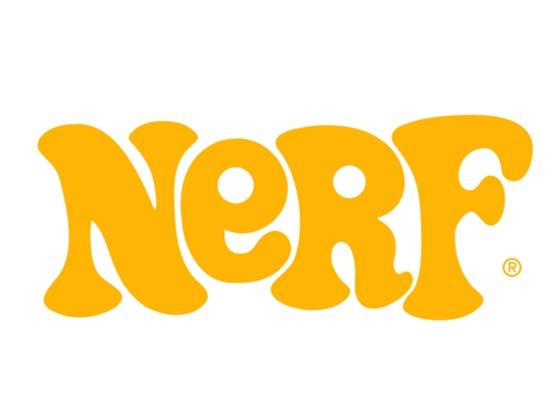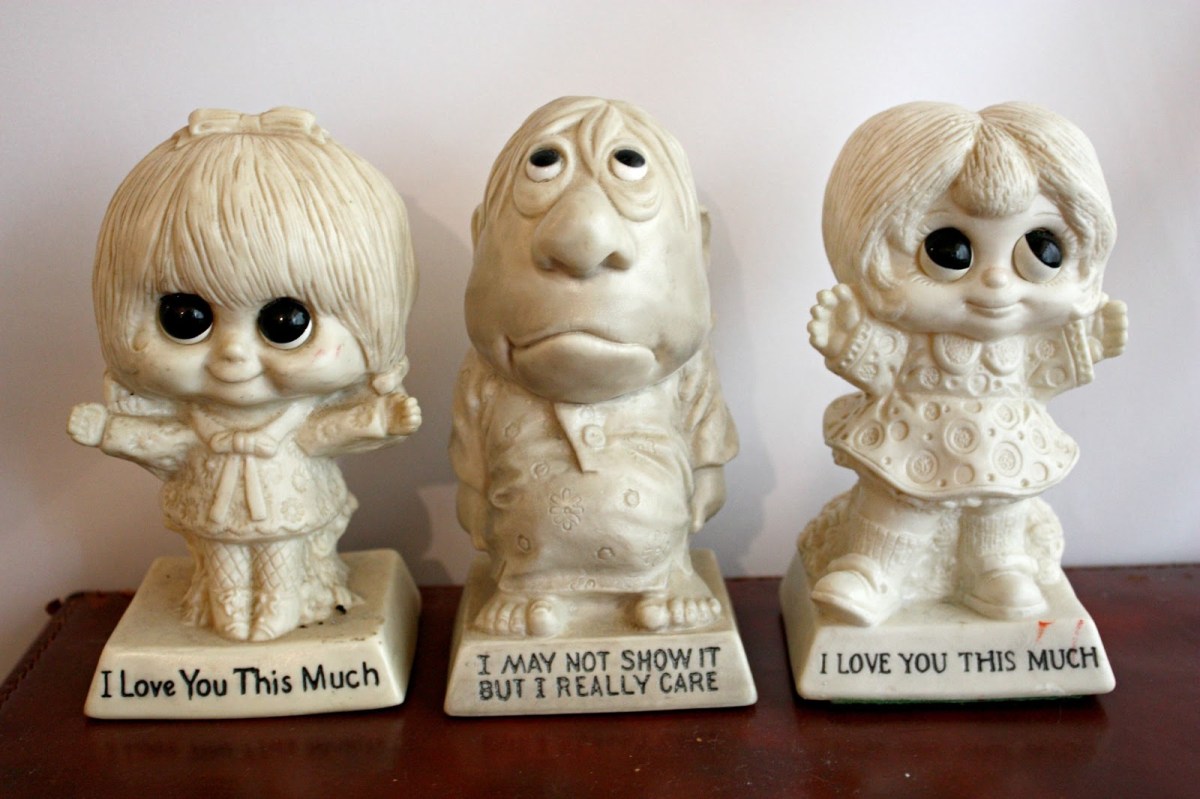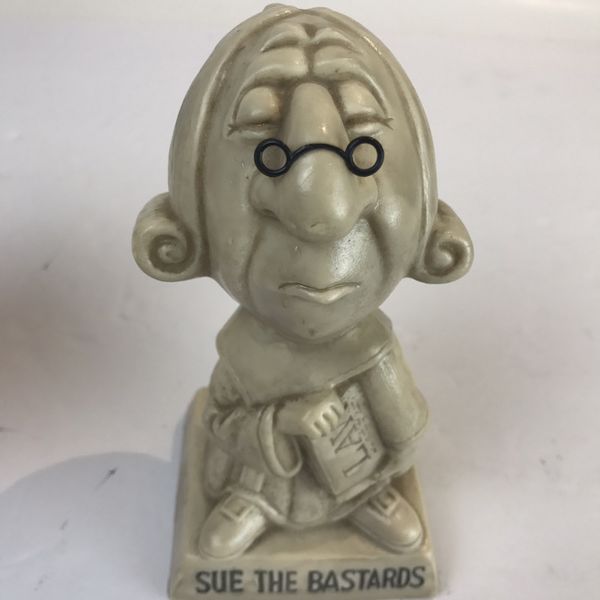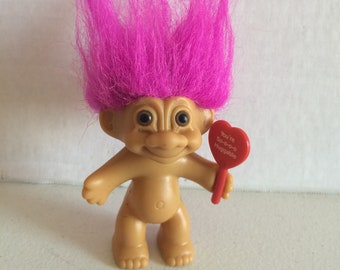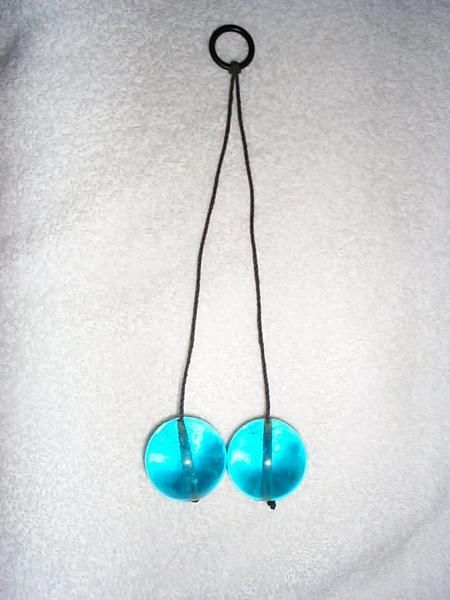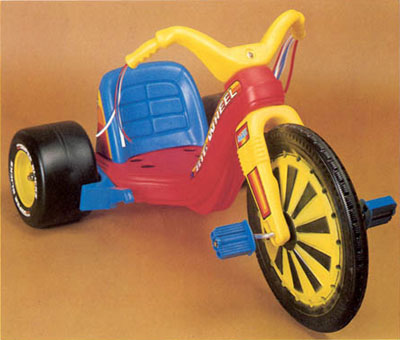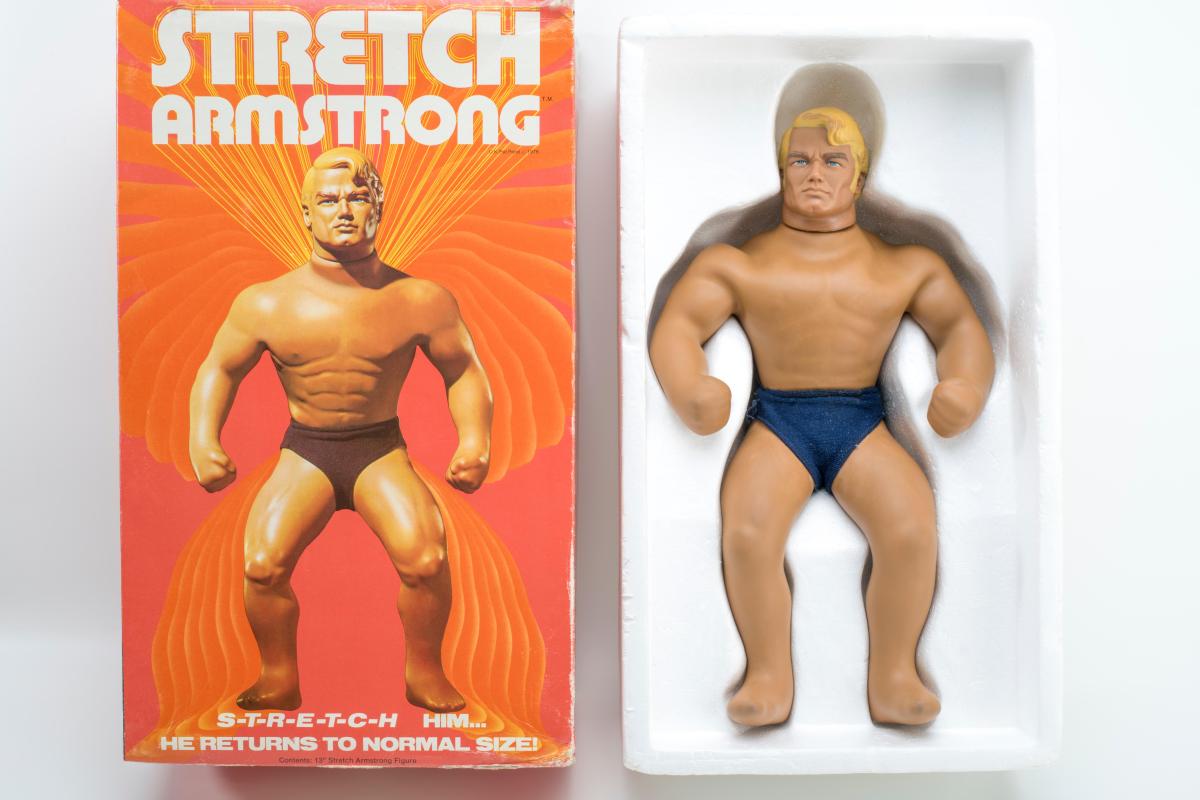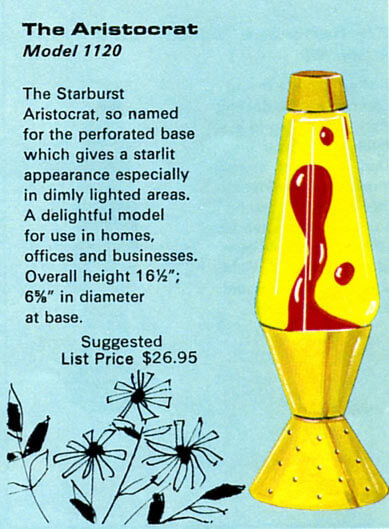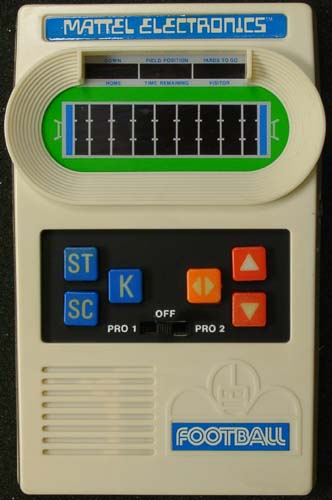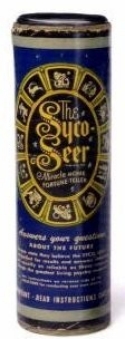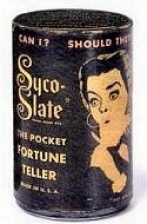The name NERF actually comes from drag racing. In the late ‘60s, foam-covered bars sometimes called “nerf bars” were put on the front of the trucks that pushed racers to the starting line. This prevented damage to cars.
I had many Nerf Footballs and small Nerf basketballs growing up and they were always fun to bonk someone in the head.
In 1968 Reyn Guyer who invented Twister helped invent the Nerf Ball. He was testing a new caveman game with colleagues. The prototype included a bunch of foam-rubber rocks that, the men soon discovered, were more fun to throw at one another than use in the game. He then thought (and probably saved a lot of broken lamps…and spankings) they could be used as balls and played within a home.
In 1969 Reyn tried to sell the idea to Milton Bradley but they didn’t want it, but Parker Brothers did. The first Nerf product as a 4-inch polyurethane foam ball. They marketed it as “world’s first official indoor ball” and soon they had blasters, footballs (Fred Cox, kicker for the Vikings actually invented the Nerf Football), basketballs, living room baseball and a line of Nerf products.

Parker Brothers handed the company off to Kenner Products, a sister company, in 1991, when Hasbro acquired the Nerf line. Throughout the 1990s and early 2000s, the Nerf brand served under the subsidiaries OddzOn and Larami before Hasbro took full control of the brand.
Monkees Nerf Ball Commercial


